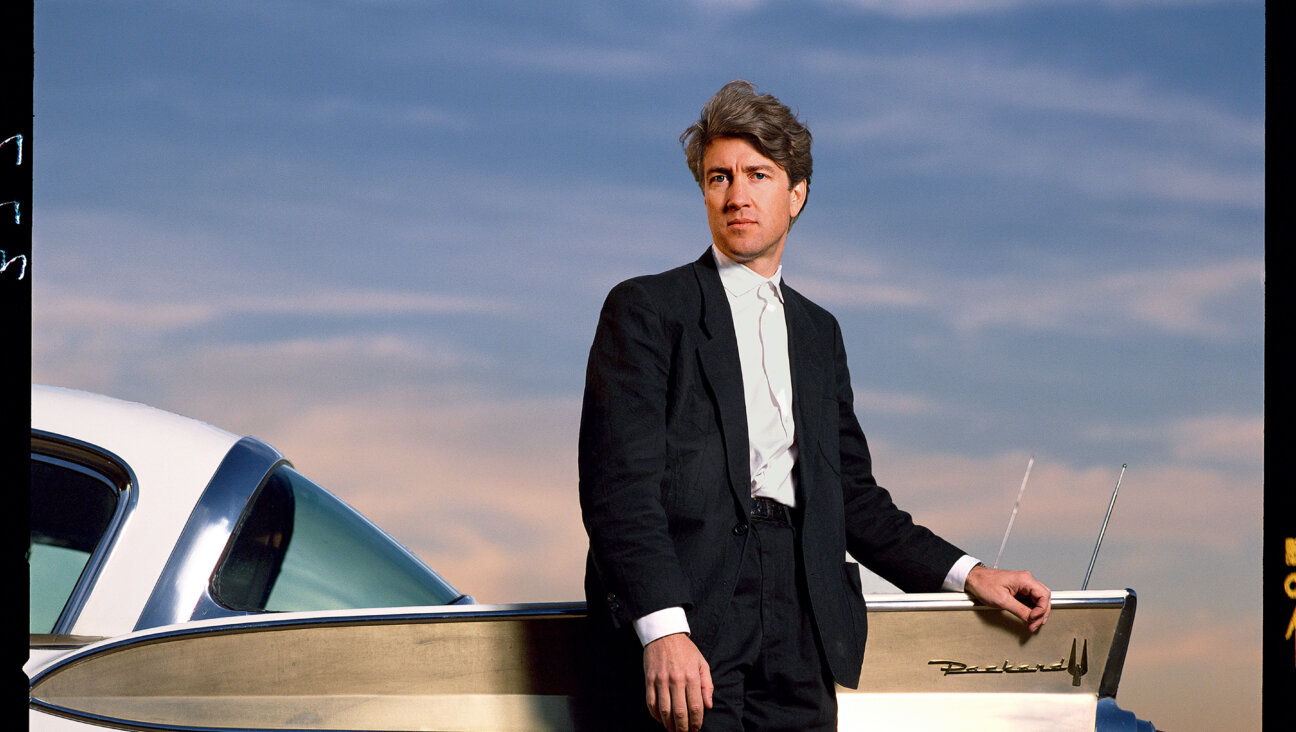In ‘Chanel’s Riviera,’ it’s wartime and the rich are comfortable — and collaborating

Fashion designer Coco Chanel helped popularize “beach pajamas” among the Riviera’s smart set. Image by Hutton Collection/Getty Images
There’s a lively market for stories about World War II that make it seem like a more civilized endeavor than it really was.
After all, it’s fun to read about plucky Brits standing guard over St. Paul’s, American women gamely donning factory overalls and glamorous Parisians insistent that the high life doesn’t have to end with the German occupation. No matter that, in the case of France, much of the population faced starvation and freezing temperatures as resources were siphoned off to Germany, or that Jews and dissidents were forced into hiding as they sought refuge from the Vichy government.
Things get trickier when these stories, as they’re sometimes wont to do, don’t just focus on the fortunate few who continued living chicly, but also imply that there was a particular virtue to doing so. Journalist and biographer Ann de Courcy’s “Chanel’s Riviera: Glamour, Decadence, and Survival in Peace and War, 1930-194,” a sweeping social history of the French coast during the rise of fascism, often risks falling into this trap. Offering an engrossing glimpse of the rarified circles who were able to weather the war in style, de Courcy inadvertently reveals the lack of principle behind their displays of bravado.
De Courcy, author of a number of upper-crust chronicles including “The Husband Hunters” (2018) and “Debs at War: How Wartime Changed Their Lives, 1939-1945” (2005), opens “Chanel’s Riviera” in 1929, as the eponymous fashion designer, Coco Chanel, completes construction of a seaside villa, La Pausa. Commanding views of Monaco on one side and the French-Italian border on the other, La Pausa was staffed with an army of servants to ferry Chanel’s guests to the beach, run their baths and fill their rooms with lilacs. The villa made a chic and convenient background for the intrigues of Chanel’s flamboyant milieu, which, more than Chanel herself, is de Courcy’s real focus. “Chanel’s Riviera” is a snapshot of a world in which Winston Churchill dispensed political commentary while painting by the pool, socialite Enid Furness promenaded outside with her pet cheetah,and Marlene Dietrich juggled simultaneous love affairs with Erich Maria Remarque and Joseph Kennedy.
Also part of the set were less well-to-do artists, including Aldous Huxley, D.H. Lawrence and Somerset Maugham, and aristocrats fallen on hard times, like the Duke of Windsor, formerly the King of the United Kingdom, who abdicated the throne in 1936 to marry American divorcée Wallis Simpson. While the Great Depression arrived in France later than America, ramping up in the mid-1930s and threatening the hotels and casinos of the Riviera, the upper class — and those who could rely on their hospitality — remained largely untouched.
Intruding on de Courcy’s breathless descriptions of opulent lifestyles are recurrent instances of classism and anti-Semitism, which de Courcy relays in the way her subjects probably witnessed or propagated them — casually. Cecil Beaton arrived after being sacked by Vogue for sneaking anti-Semitic phrases, including “kike,” into one of his illustrations, and was quickly and merrily welcomed onto a friend’s yacht. (Beaton is also a character in “The Crown,” which also glosses over that episode in its portrayal of him as a puckish royal photographer.) One of the pleasure-seekers philandering their way down the coast was Oswald Mosley, who, although De Courcy doesn’t mention it, was also the founder of the British Union of Fascists and leader of a paramilitary organization modeled on Hitler’s brownshirts. And Chanel herself was, according to de Courcy, “vociferously anti-Semitic,” eager to blame “unpleasant happenings” on Jews even as she counted many of them among her clients and friends. The residents of the Riviera liked to think of themselves as progressive compared to the Germans, whose prudishness extended to a ban on women’s bathing costumes with pants, but xenophobia already thrived among them, waiting to be exploited by their eventual occupiers.
Chanel’s purported Nazi sympathies have long been a subject of discussion. A staunch patriot before the war, the designer quickly accommodated herself to the reality of German occupation, abruptly firing thousands of employees to cut costs and equipping herself with a Nazi beau, Hans Gunther Von Dincklage, who could help her navigate the black market and reclaim her suite at the Ritz. She also tried to turn anti-Semitic laws to her advantage. Her most lucrative product, the Chanel No. 5 perfume, was distributed by a Jewish family, the Wertheimers, and in 1941 Chanel attempted to seize their shares under a Nazi law that prohibited Jews from owning businesses. She was too late: the family had already sold the shares to a non-Jewish friend, and today the Wertheimers control the entire Chanel empire.
While other historians have characterized Chanel as an ideological Nazi and accused her of spying on behalf of the Reich, the book frames her more as a consummate opportunist, a woman who had clawed her way out of poverty and was determined to maintain her wealth and social standing at all costs. De Courcy argues that “Chanel’s anti-Semitism largely took the form of words,” that she said nasty things about Jews in the same impetuous spirit in which she often lashed out at close friends and that her assault on the Wertheimers was motivated by a belief that they had previously cheated her. For De Courcy, Chanel’s attitudes towards Jews are part of her overall persona as an unconventional woman who managed to thrive in a patriarchal culture by being loyal only to herself. But the argument that Chanel was just a difficult woman can only go so far; using discriminatory laws to defraud one’s Jewish business partners isn’t a character quirk, and shouldn’t be portrayed as such. It’s an episode where Chanel had to choose whether to confine her anti-Semitism to “the form of words” or escalate it through action. She chose to escalate.
De Courcy, whose meandering court historian style is ill-suited to explaining the intricacies of war and occupation, is most effective when highlighting the pernicious indifference of her subjects to the authoritarian forces consuming Europe towards the end of the 1930s. Her refrain, repeated after every ominous step towards cataclysm, is that no matter what happened, life on the Riviera remained much the same. While the coast’s small enclave of German refugees penned anti-Nazi pamphlets, their neighbors wondered whether or not to curtsey to Wallis Simpson. As refugees from the Spanish Civil War flocked to France, where they were interned under brutal conditions by the French government, Chanel’s friends amused themselves by ordering Hermès gas masks. At one 1939 soirée, the guests looked down from the terrace to see a blackout sweeping through the village below. But even after Joseph Kennedy phoned the hostess and warned her to evacuate to America, the party remained in full swing.
These moments are arresting, and war chroniclers often use them to imbue the denizens of the Riviera with a kind of comforting bravery. They are evidence that, for some people, war doesn’t have to disrupt the familiar patterns of life. If this is supposed to be uplifting, it doesn’t succeed. In de Courcy’s telling, war merely makes manifest the faults in a society already riven by economic inequality and characterized by grotesque displays of wealth. Her subjects want to show stylish composure in the face of gauche invaders, but they actually illustrate how wealth insulates its possessors from political convulsion and renders them indifferent to the fates of the less privileged. At best, they are sluggish in the face of authoritarianism. At worst, they are eager to fall in line with illiberal policies in order to retain their advantages.
This story may be familiar, but it isn’t very glamorous at all.
Irene Katz Connelly writes about culture and entertainment. You can contact her at [email protected].






















